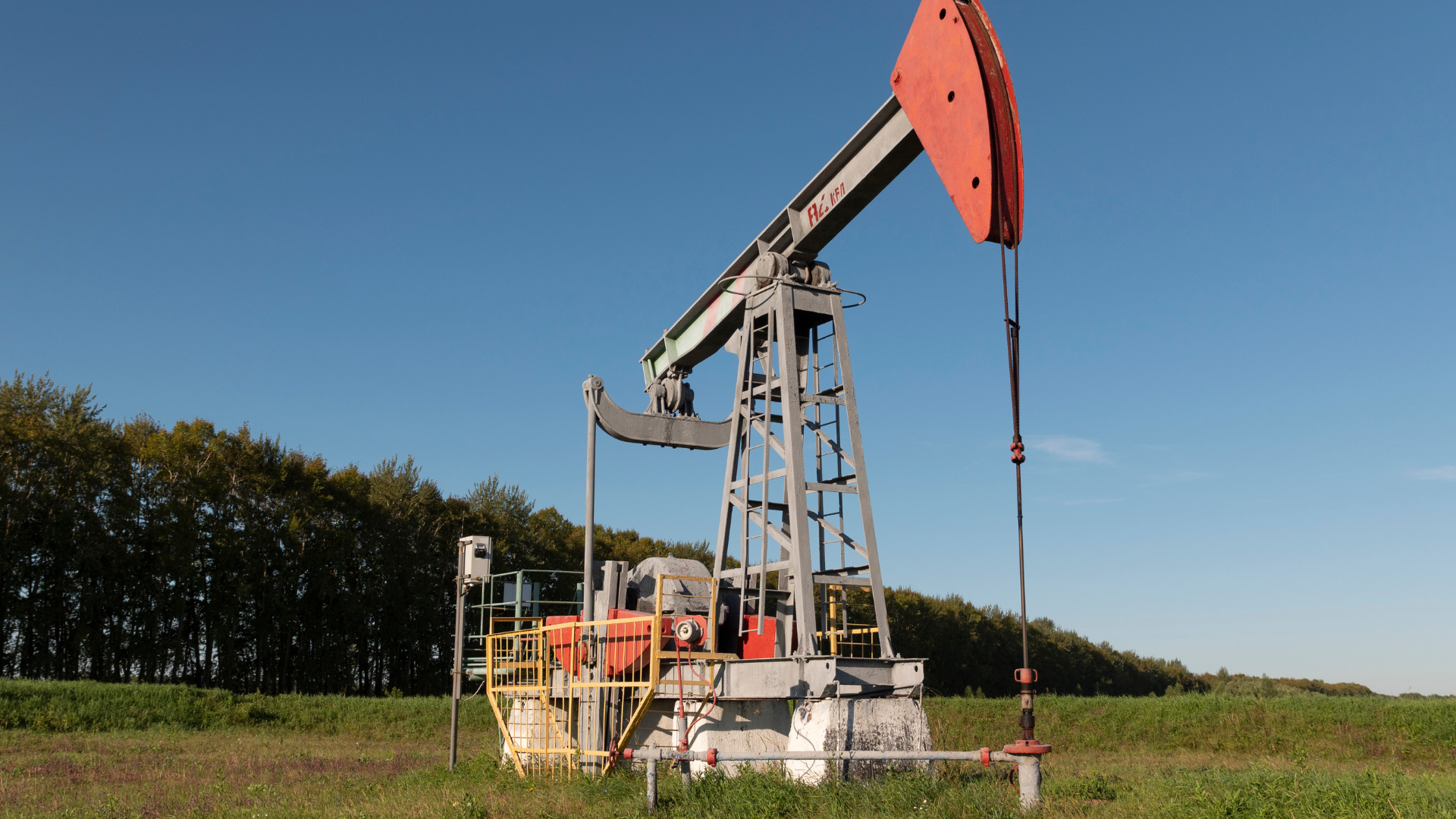The Australian Dollar continues to face intense pressure, hovering near multi-year lows as the U.S. Dollar maintains its dominance in global markets. A combination of strong U.S. economic data and the Federal Reserve’s hawkish stance on interest rates has fueled demand for the greenback, leaving commodity-linked currencies like the Aussie Dollar struggling.
Market analysts attribute the Australian Dollar’s decline to subdued demand for riskier assets and weaker economic indicators in China, Australia’s largest trading partner. The slowdown in Chinese manufacturing and exports has further dampened demand for Australia’s key exports, including iron ore and coal, weighing on the currency.
Despite some resilience in domestic employment figures, the Reserve Bank of Australia has signaled a more cautious approach to monetary policy, contrasting sharply with the Fed’s aggressive tightening. This divergence in policy outlooks has widened the yield gap between the two currencies, reinforcing the USD’s upward trajectory.
With limited catalysts for recovery, the Australian Dollar remains vulnerable, and traders are closely watching upcoming economic data and central bank decisions for further direction.
















